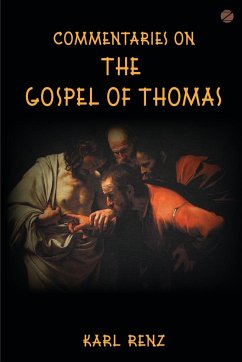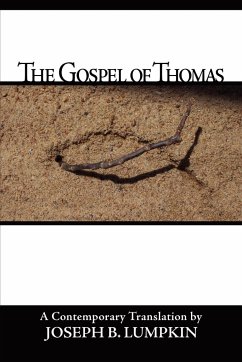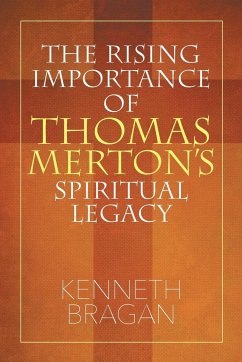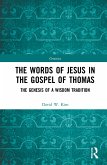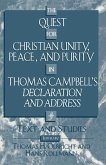Around 1945, in the area of Nag Hammadi in Upper Egypt, some peasants accidentally discovered some 53 parchments, written in Sahidic Coptic, buried in a large jar one meter high. Those leather-bound papyrus codices were mostly Gnostic texts, including the prestigious 'Gospel of Thomas'. The Gospel of Thomas, dated 4th century AD, is composed of 114 logia or sayings from Jesus, which reveal that the Kingdom is already present in each of us contrary to the canonical Gospels which advocate an apocalyptic psychosis in an eschatological context. This is because Gnosis, free from all religions, doesn't know any spatiotemporal otherworldliness. The discovery of the Gospel of Thomas provides the proof that Jesus uttered non-dual words attesting to the same awakening as the great sages of the East. Thus the source was also to be found in our Western tradition but had been concealed by centuries of theology. This is why Émile Gillabert has been rather particular on the correct French translation of this text in the light of the universal Gnosis, that is to say of the non-duality, so much so that he founded the Metanoia association whose purpose is to explore the Gospel of Thomas in depth as well as to make it known. The Metanoia association had the fortunate inspiration to invite Karl Renz on four occasions. During those informal and spontaneous conversations, the participants had the opportunity to present to Karl a large number of logia in order to spark off his commentaries. This book tells the best part of those commentaries revealing Karl's responses to his questioners while expressing, over the course of the talks and in his unequivocal manner, the living Word which he so clearly embodies. Whilst Karl's commentaries directly respond to each logion, they also answer participants' questions as they naturally come up and this free flow takes hold of the one who is exposing himself by blocking off all possible escape routes, thus creating an unconventional non-dual echo of the true Gnosis. ""We must - as Jesus suggests - divest ourselves of personal clothes. The necessity of this surrender is emphasized through all the 114 logia,"" Émile Gillabert stressed, agreeing with Karl: ""That is absolute nudity... And That is Jesus.""

